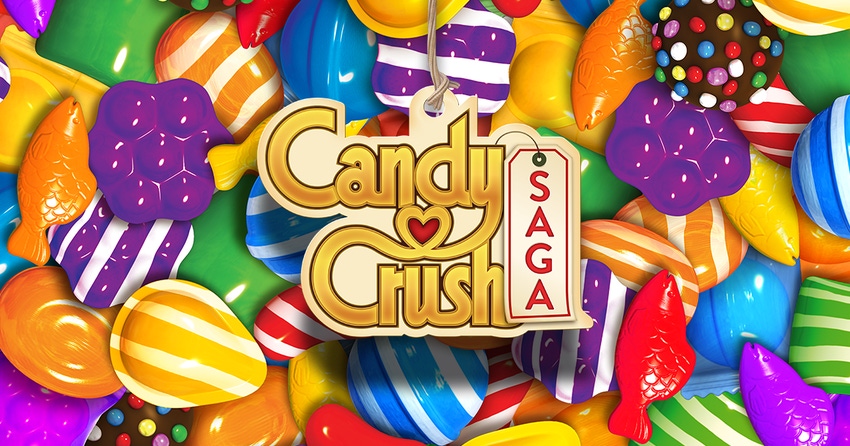Director of narrative design Abigail Rindo details the three design pillars for creating a story that engages the player no matter your mechanics.

Whenever narrative-focused games are mentioned, mobile games like Candy Crush don't often come up. As a match-3 puzzle title, expectations are generally not high about its capacity to tell a story. And yet, the series has undergone a transformation since its original release. Today at GDC 2022 Abigail Rindo, director of narrative design at Candy Crush Saga developer King, gave a talk detailing the company's strategy for transforming the series into a meaningful narrative experience.
The talk began with a quote from writer and cultural anthropologist Mary Catherine Bateson that summarized their approach, that "the human species thinks in metaphors and learns through stories," Added Rindo, "Humans tell stories to instruct and guide their shared experience." It is the act of storytelling that attributes value and meaning.
It's through three key pillars that players derive that meaning and value from their in-game surroundings, Rindo explained. Emotion, action and context all drive one another to create an ecosystem of player motivation and comprehension. As she says, "player centricity across all disciplines creates best narrative." Context produces and informs motivation through emotions and actions. Conceit is the central rule of your game world, essentially a loose agreement between the player and designer, and should answer key questions with regards to player motivation, leveraging world knowledge while laying foundations of relatability. "Set foundational context and conceits and metaphors that reference existing mental models." Metaphors allow designers to connect the player's world knowledge to abstract game concepts and verbs, reducing the energy a player spends trying to interpret them.
Finding a narrative balance for Candy Crush
Much of Rindo's talk discussed the specifics of determining how their player base would react to the addition of narrative, and how they formed profiles of the different types of Candy Crush players to create personas that would inform the narrative events they would experience in-game. Part of their strategy included targeting specific userbases (such as long term, high-ranking players, or inactive users) to gauge their reactions to different types of content, and then adjusting from there. One major challenge was resistance to gameplay aspects that might interfere with its core systems. As Rindo outlined, it is helpful to summarize your game as a list of verbs that your player will perform, and allow the narrative themes to emerge from themes and ideas surrounding those actions, in order to maintain narrative cohesion. A player that has an incorrect mental model of the game will become frustrated and disinterested and have a suboptimal experience. Maintain congruity between affordances and their signifiers--a disconnect between narrative and mechanics can create unintended friction.
Through an elaborate process of identifying their player base's narrative needs, experimenting with new types of content, and continuously iterating and testing, Rindo said they were able to change the perception of their players around story in Candy Crush. She also says that the addition of narrative seemed to encourage prosocial behaviors amongst their players, suggesting this additional attribution of meaning has greater implications for community moderation. And, she concludes, they achieved this by "setting a foundation of context that leverages existing world knowledge and relatability, keeping the story memorable through a twist that reinforces the actions or verbs that the player experiences directly within their gameplay, and taking them on a journey by connecting them emotionally to the story and the players or in the characters."
Read more about:
FeaturesAbout the Author(s)
You May Also Like

